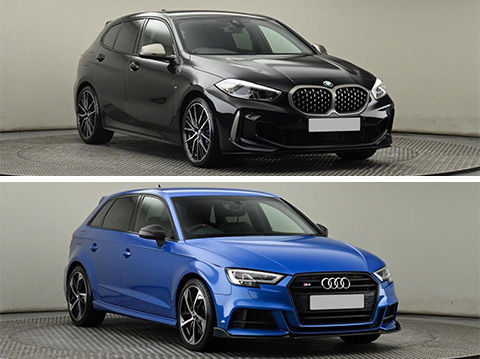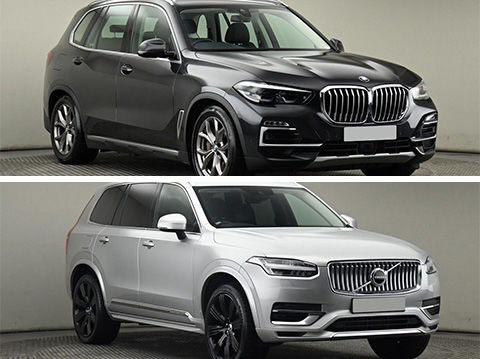Range Rover Evolution

Range Rover has long been synonymous with 4x4 excellence. Since the first generation, way back in 1970, Range Rover models have had immense success in combining class and off-road capability with sleek design, breath-taking agility and handling, as well as space for the whole family.
Let’s take a look at the evolution of the Range Rover through the years, from the early ‘70s to the 21st century.
Range Rover Classic 1969-1996
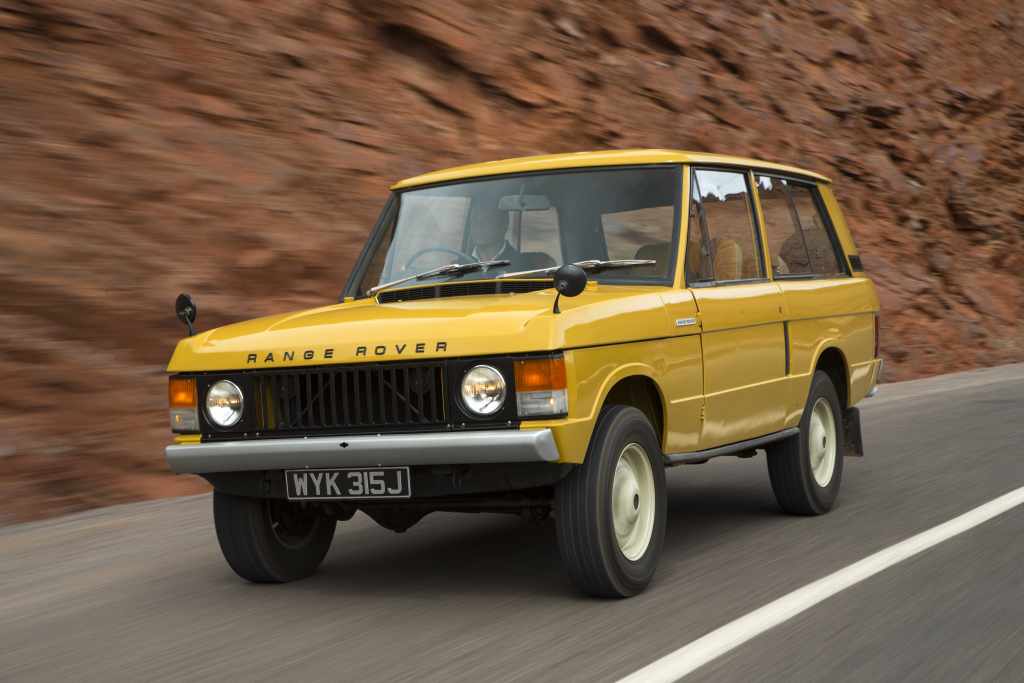
Credit: https://media.jaguar.com/en-gb/image-packs/range-rover-classics
The first Range Rover was officially launched in 1970, after several ‘Road Rover’ prototypes were conceptualised. The first-generation cars were available only in a 2-door body until 1981 and were not designed for the luxury vehicle market.
So what made the Range Rover stand out? To begin with, it was the first SUV to permanently deliver 4 wheel drive, and the Classic stood out from its predecessors given its clamshell bonnet, continuous waistline and split tailgate. In ‘73 a floating roof was established but it took a further eight years for a four-door body to be introduced and another eight until 4x4 history was made once again.
The year is 1989 and Range Rover officially presented anti-lock brakes fitted into a 4x4 for the first time. In less than 12 months the brand broke the mould once again, making the Range Rover the first SUV fitted with electronic traction control and automatic air suspension.
Range Rover P38A 1994-2002
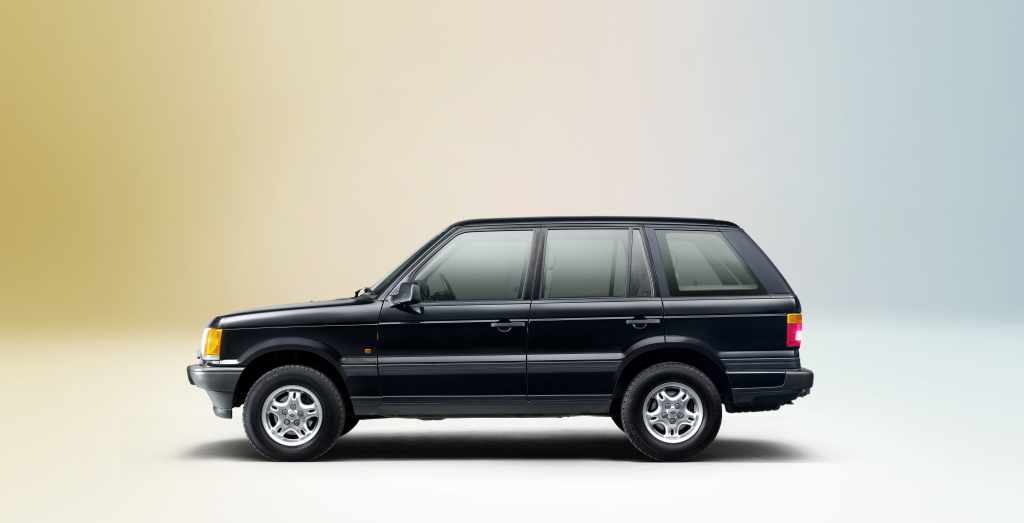
Credit: https://media.landrover.com/image-packs/range-rover-lineage
By the time the second generation was introduced, it had been 25 years since the public met the Range Rover for the first time and some innovation was undeniably needed. It was not enough to simply have an all-new body with rectangular headlamps (which there was) - the brand pushed boundaries further.
A direct-injection diesel engine with electronic controls was introduced for the 1994 model, the first of its kind for any Land Rover vehicle, and it was also the first model to feature Satellite Navigation as an option.
Range Rover L322 2001-2012
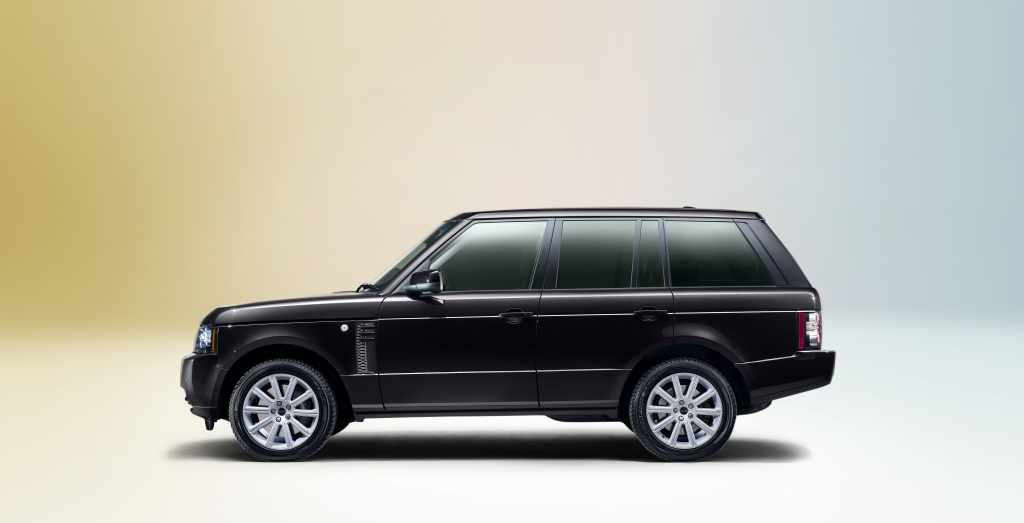
Credit: https://media.landrover.com/image-packs/range-rover-lineage
As we take a look at Range Rover through the years, we enter the twenty-first century, Range Rover’s third generation is introduced. It is official that the brand is attempting to break into the up-market sector, with BMW taking ownership of the model’s planning and development.
Monocoque construction was introduced to the Range Rover along with a side vent graphic. From 2010 to 2012, the L322 adopted updated Jaguar-derived electrics, replacing the gear lever with a rotary dial for the first "modern feeling" system.
Range Rover L405 2012-2021
The fourth-generation Range Rover desperately needed to once again be the first to bring new elements into the SUV world. The decision was to create the world’s first all-aluminium SUV, opposed to the previous steel unibody, making it also 926 lbs lighter.
Some other minor updates occurred, such as a new side vent graphic, but 2013 marked the official unveiling of a diesel-powered hybrid electric model (it would take 5 more years before the Range Rover plug-in hybrid to be revealed). One year later, the L405 was upgraded with All-Terrain Access Control along with a wheel-base extension of 200mm.
In 2016, the SVAutobiography was unveiled with duotone paintwork and enhanced detailing in addition to a graphite atlas and polished chrome trim. Less than 12 months pass before the Dynamic version of the model comes along, this time the ride height is lowered and a 550ps 5.0 litre V8 Supercharged engine is included.
Range Rover L460 2022
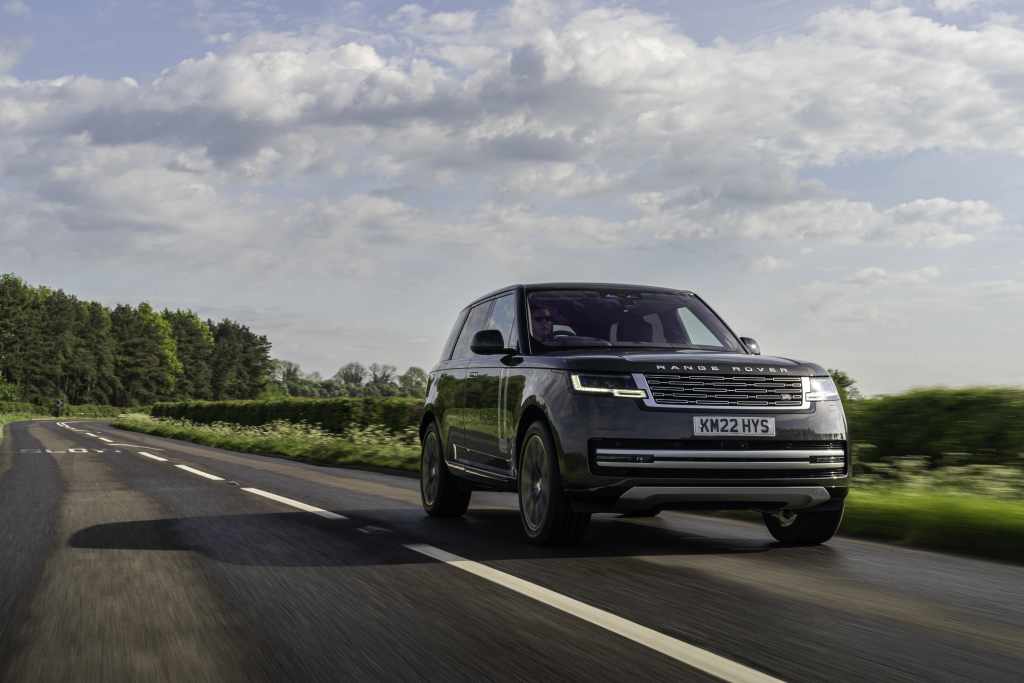
Credit: https://media.landrover.com/en-gb/image-packs/new-range-rover-charente-grey
Set to commence in 2022, the fifth generation of Range Rover, dubbed the L460, will come with two PHEV, three diesel and two petrol engine options. And because Range Rover is synonymous with firsts, it will be the first model from JLR to use an engine developed under the combustion and electrified powertrain partnership between them and BMW. There have also been hints of an all-electric model coming in 2024.
Range Rover Expanded Line
The next step in the Range Rover evolution was marked by a series of modifications that generated the brand’s extended line and birthed some iconic Range Rover models.
Range Rover Sport 2005 - Present
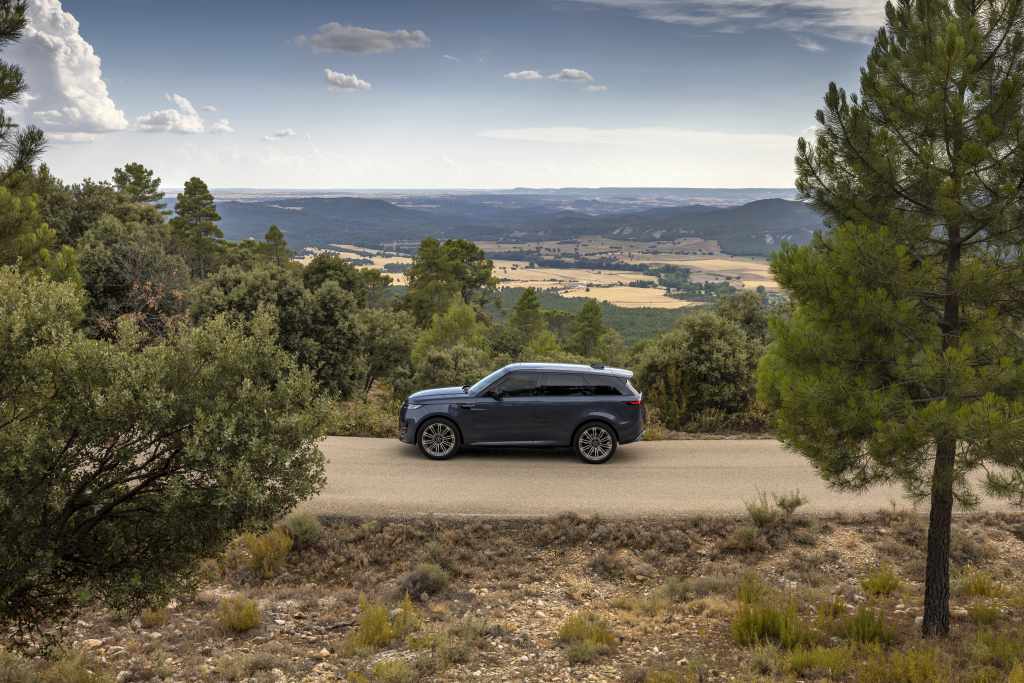
Credit: https://media.landrover.com/image-packs/range-rover-sport-autobiography-electric-hybrid
Announced in 2004, the Range Rover Sport was a unique addition to the Range Rover line-up. It is more so an adapted Land Rover Discovery L319 with a classic Range Rover exterior styling, interior seating and dash-forms. Other styling tweaks were made: the tailgate was angled and made single rather than split, the wheelbase was shortened wheelbase and the luggage capacity was decreased.
Thanks to a more affordable price tag, the Range Rover Sport became the biggest seller of all Land Rovers and in 2014 the L494 Range Rover Sport was released. Exponentially lighter now than in the previous generation and the performance got kicked up quite a few notches too. Take a look at our Range Rover Sport SVR Review for more information.
Range Rover Evoque 2011 - Present
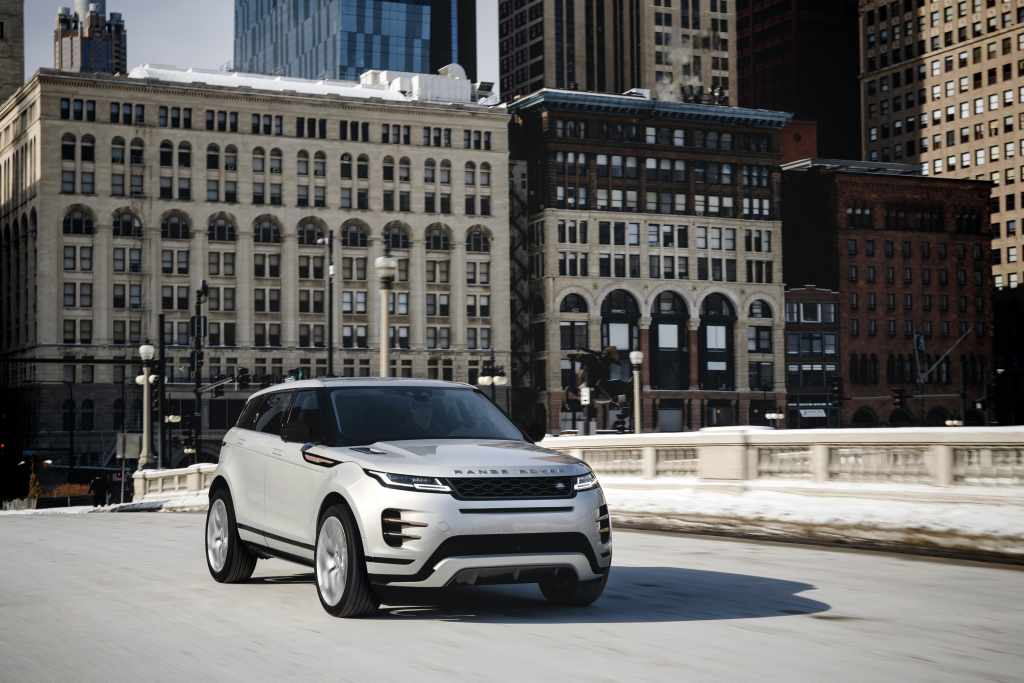
Credit: https://media.landrover.com/en/images?page=2
Entering production in 2011, the Evoque is a subcompact luxury crossover SUV that made our list as one of the Best Land Rover To Buy, and for good reason. Originally, it aimed to apply several e_Terrain technologies developed by Land Rover and interior design improvements such as ambient interior lighting that changed according to Terrain Response settings. The Range Rover Evoque achieves all of that and more, with consistent updates and variants.
By the time the second-generation Evoque was introduced, with both diesel and plug-in hybrid alternatives, new design upgrades were in order. The 2018 version includes, among other features, retracting door handles and a new infotainment system featuring a second touchscreen with integrated knobs for climate settings.
Range Rover Velar 2017 - Present
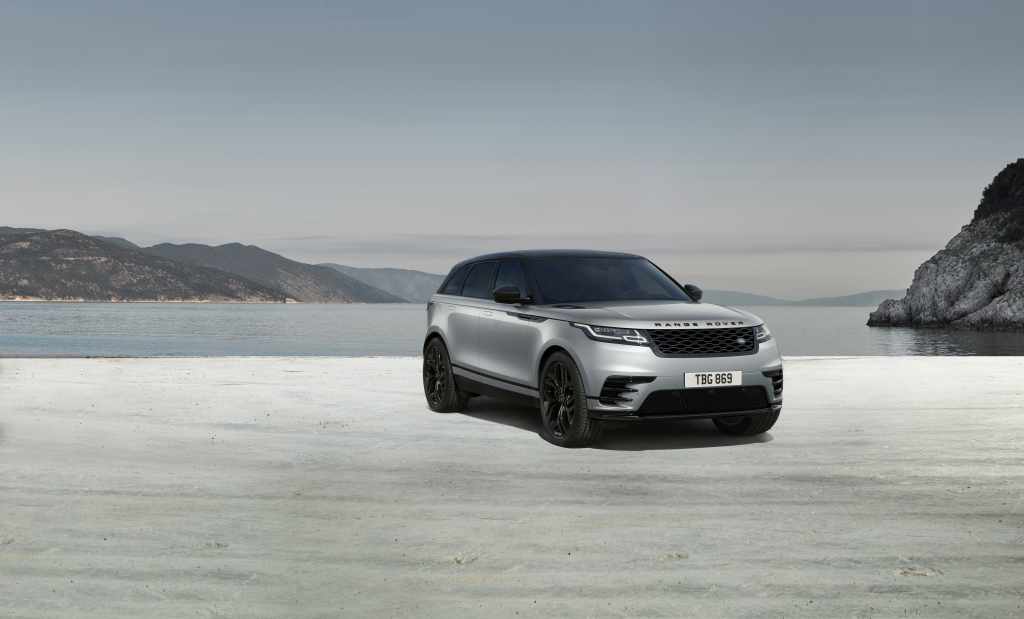
Credit: https://media.landrover.com/en/imagecs?page=1
2017 marked the unveiling of the Range Rover Velar, a midsize crossover SUV that distinguished itself by new design inspiration. The interior features 3 touchscreens controlling most functions in the Velar and a uniquely driver-focused cockpit with lower seating positions. The focus of the Velar is prominently on-road ability and sportiness, with an aluminium platform and other components shared from the Jaguar F-Pace.
There you have it: The full Range Rover evolution so far. Have Range Rovers followed other vehicles’ evolution trends? We found out if all cars are getting bigger and heavier in our Car Size Growth Evolution article, check it out.
Notorious for its updates and bold SUV choices, there will undoubtedly be many revisions of this article on Range Rover through the years. Until then, are you considering selling your current model and getting yourself an upgrade? Take a look at our Sell my Range Rover page and find out how Saxton 4x4 can help you.
Header image credit: https://media.landrover.com/news/2015/06/range-rover-celebrates-45-years-luxury-design-and-innovation


